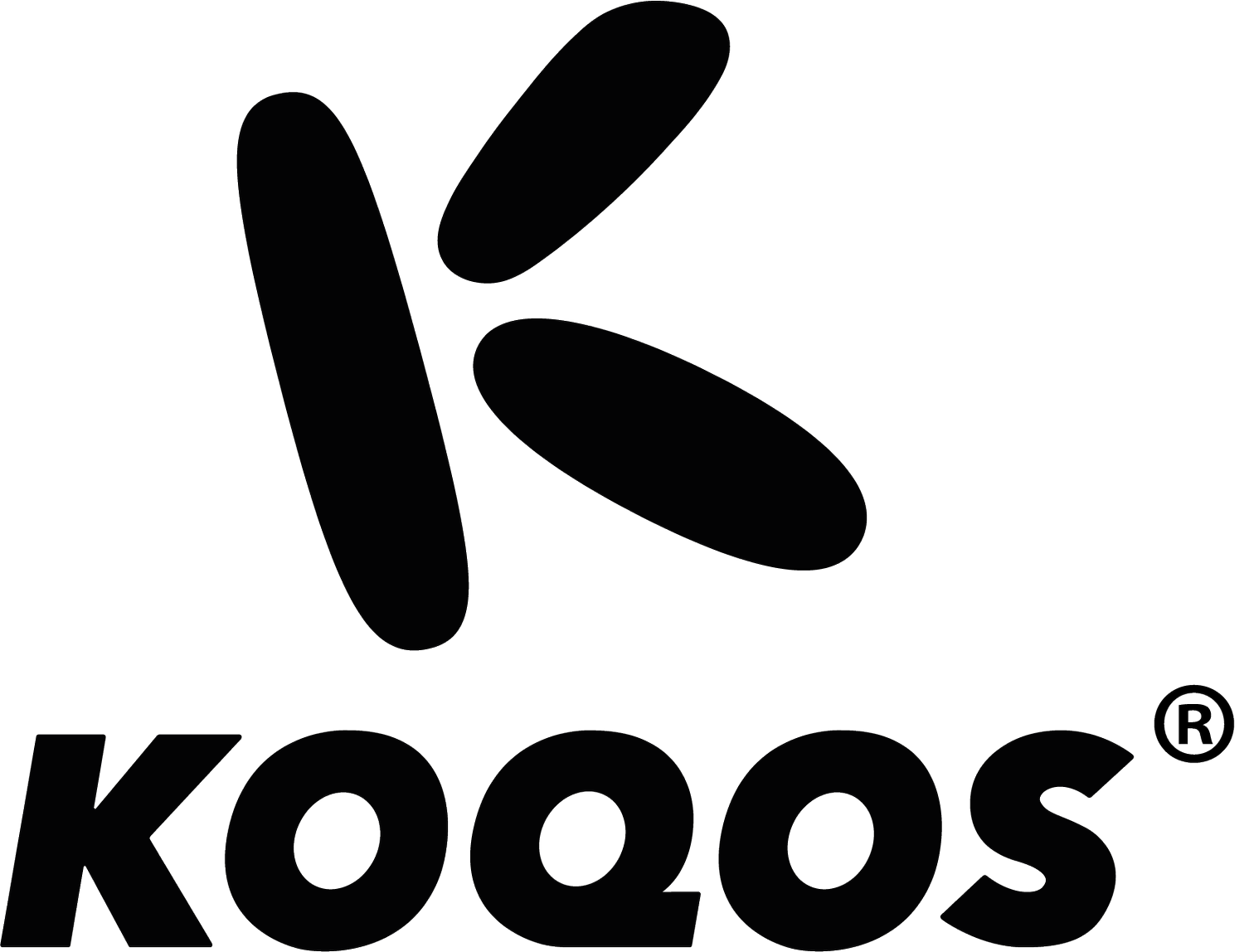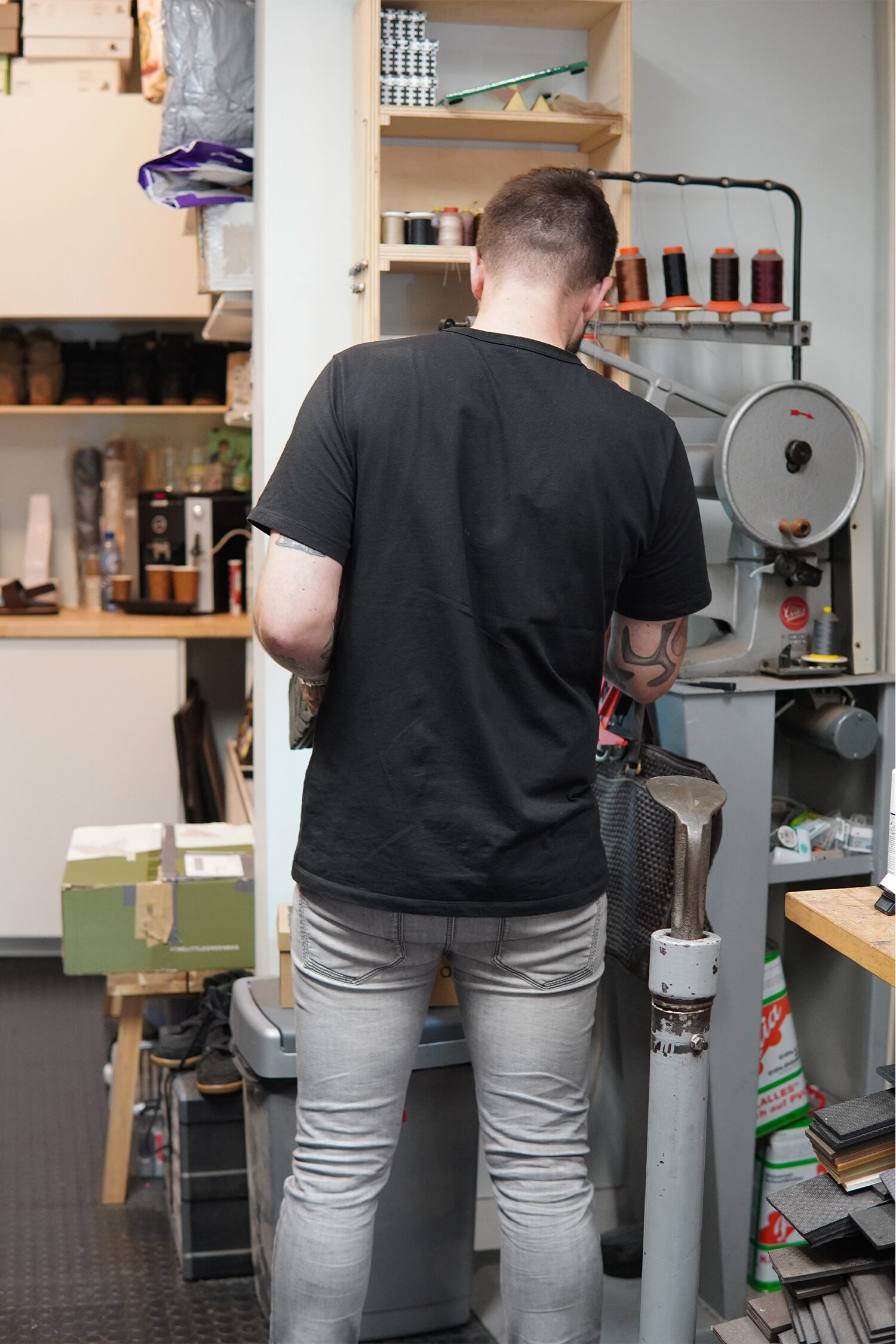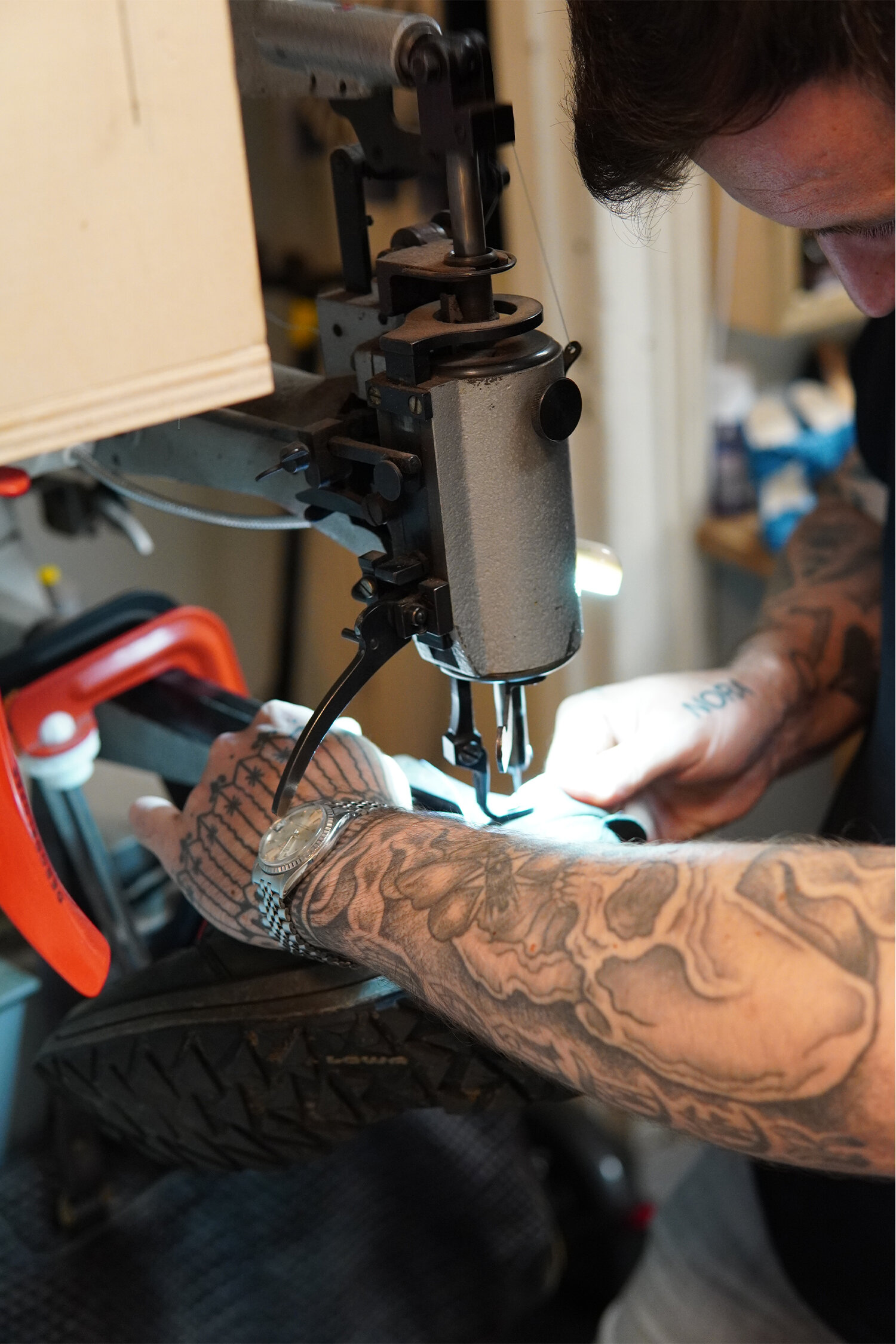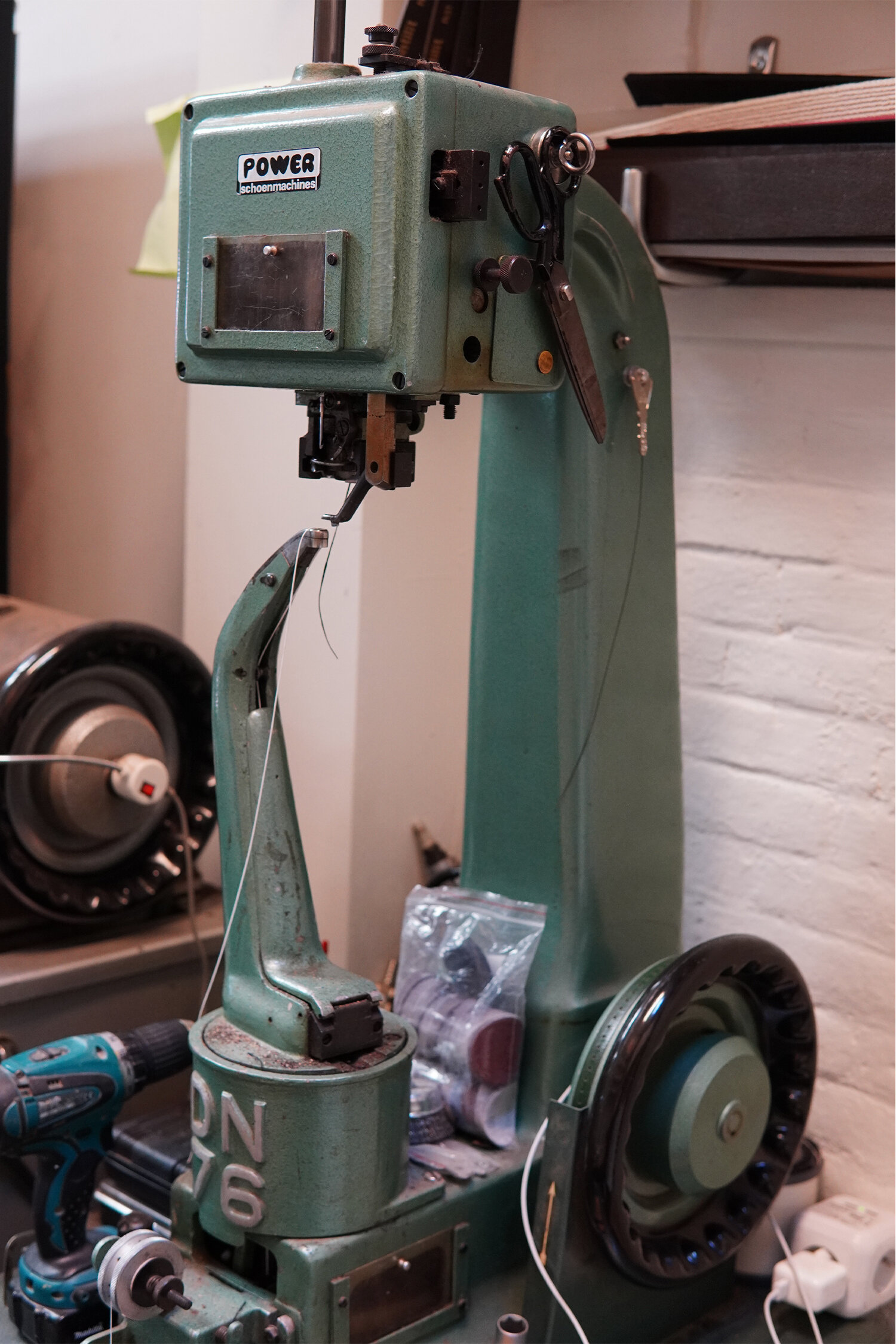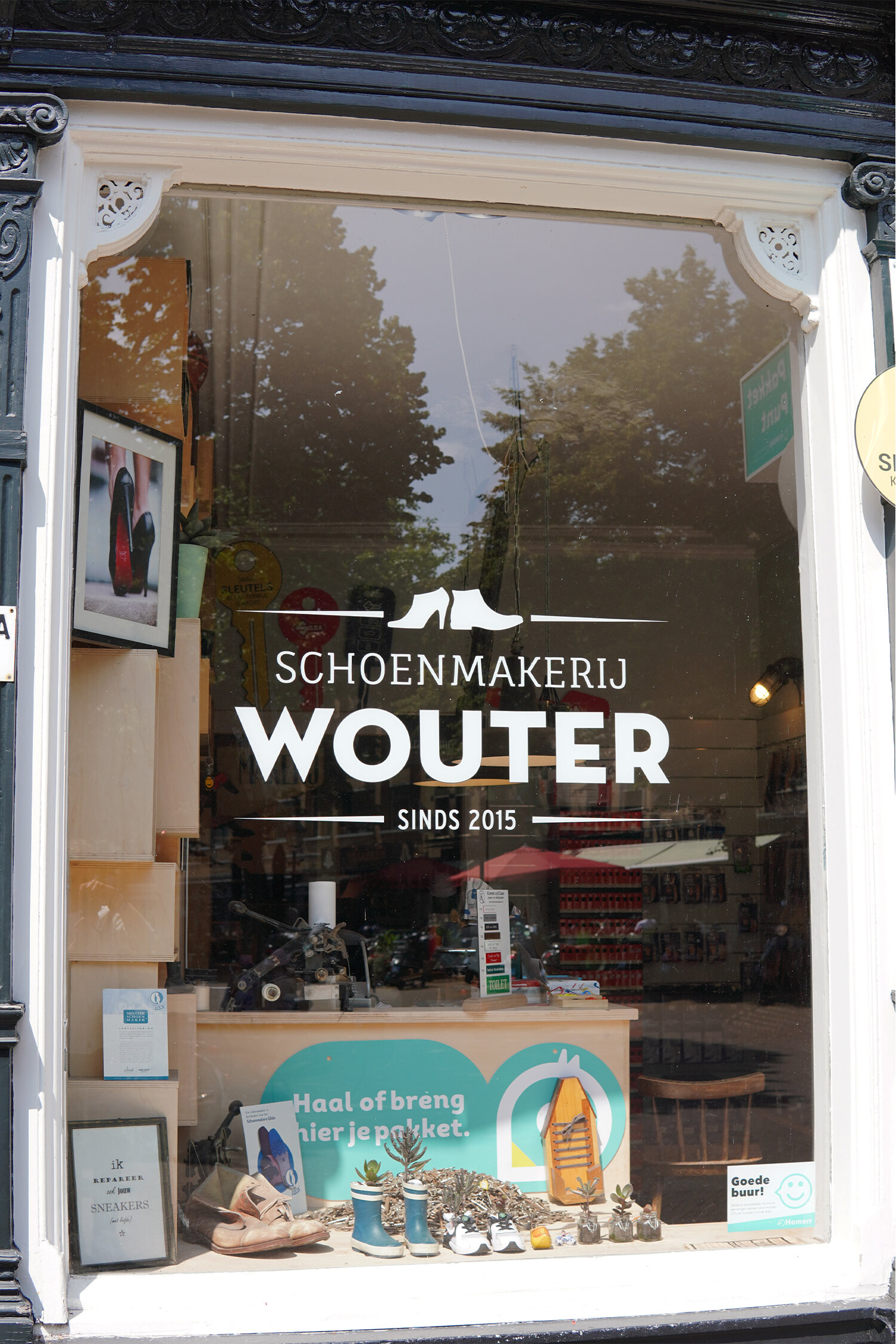Sneakers for Repair -Shoemaker of The Future
Cobbler Wouter shows how sneakers can be repaired to move towards a circular economy
I recently visited Schoenmakerij Wouter, a cobbler in The Hague who is one of the front runners that is trying to evolve the cobbler profession and make it fit for a future full of sneakers. In the story about WEAR Store in Rotterdam, I wrote that we are all pretty familiar with “reduce, reuse, recycle”, but that the fourth R of “repair” is often forgotten. As Patagonia noted, repair for shoes has not always been so neglected. At one point, there were 120,000 shoe repair shops in the United States. Today there are only 7,000. The relatively recent trend of throwing away our worn-out shoes, instead of heading to the cobbler, is part of a strategy to encourage us to continuously buy and replace stuff. Sneakers are largely replacing classic leather shoes and consumers are spending increasingly more money on their favorite pair of kicks. And since sneakers are notoriously hard to recycle or biodegrade at end-of-life, a shift in sneaker repair and the cobbler profession is necessary.
The Sneaker Cobbler
Whether it is a hole that has appeared in the inside lining of your shoe or a sole that is completely dirty and shaved off, after a quick trip to your local cobbler, your classic shoes can be revived for a second, third, fourth or fifth run. But if you want to get your sneakers repaired, most cobblers will kindly refuse. You will hear that they don’t have have the right tools, don’t want to try something new or that there are no replacement parts available. These obstacles can make sneaker repair difficult, costly and the final result sub-optimal.
Wouter is a cobbler that likes to think ahead. He accepted the challenge and six years ago he opened shop in the center of The Hague where he repairs sneakers, in addition to regular shoes. A combination of high quality and great customer service is what Wouter strives towards. He also wanted to refresh the dusty image of a cobbler and create something that was in tune with the times. Repairing sneakers was a logical choice, as people nowadays are wearing sneakers most of the time. The services he offers include the repair of linings, uppers and even soles. He can remove entire soles and with a special sneaker sewing machine he is able to sew new soles onto your old sneakers. A quick look at his instagram page (@schoenmakerijwouter) shows how your old sneakers could be brought back to life.
Circular Economy
One of the starting points of a circular economy is to maximize product use. Creating a product that lasts long and is easy to maintain is essential for this. At the moment, most sneaker brands create products that are only meant to last one season, design- and construction-wise. If we want to create a future that is less wasteful and makes more economical sense long-term, brands and designers will have to shift towards different ways of designing and constructing sneakers that are meant to last. This could include making original spare parts available to consumers at a reasonable price. What if people could enjoy their sneakers for years, while at the same time enabling cobblers to evolve and create new economic opportunities. That is also what a more circular system could enable. New systems, new ways of creating and capturing value without the need for constant consumption of new products stimulated by brands that still rely on this outdated model.
